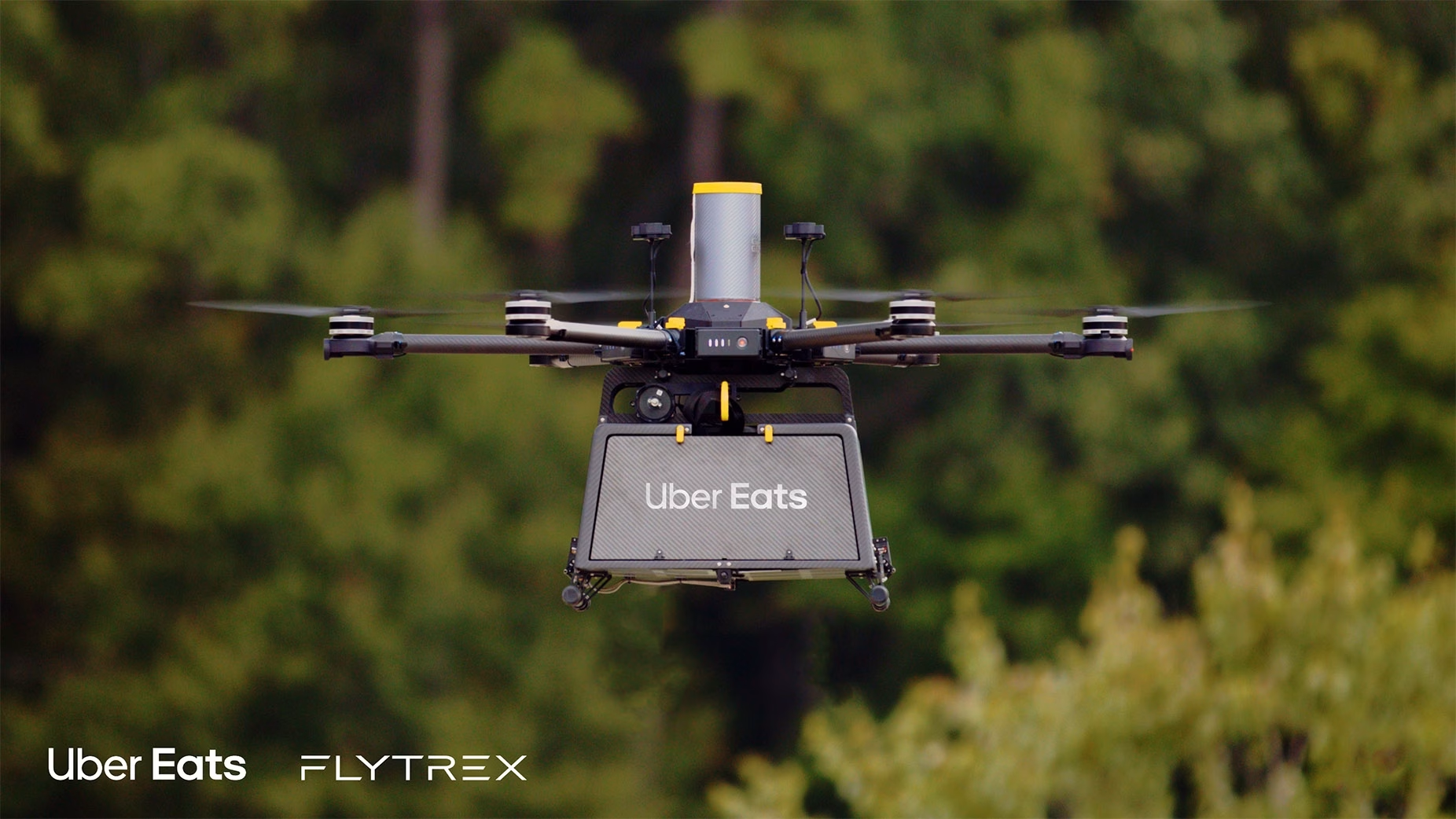Uber Revives Drone Delivery Ambitions, Signaling a New Era for Autonomous Logistics
Uber is once again venturing into the skies with its drone delivery service, a move that signals a renewed commitment to leveraging autonomous technology for faster, more efficient deliveries. This latest push represents a significant pivot for the ride-sharing giant, which has previously explored and scaled back similar initiatives. The company's re-engagement with drone technology suggests a more mature understanding of the operational challenges and a clearer vision for its role in the evolving logistics landscape.
The core of this renewed effort lies in optimizing the delivery process for speed and convenience, particularly for smaller, high-demand items. Imagine getting your favorite snacks or essential pharmacy items delivered to your doorstep in minutes, not hours. That’s the promise Uber is aiming to fulfill with its latest iteration of drone delivery. This isn't just about novelty; it's about addressing the increasing consumer demand for instant gratification and exploring new revenue streams beyond traditional ride-sharing and food delivery.
Past Hurdles and Present Strategies
Uber's journey with drone delivery hasn't been without its bumps. Previous attempts faced technical hurdles, regulatory complexities, and questions about scalability. However, the company appears to have learned valuable lessons from these early forays. This time around, the focus seems to be on a more targeted approach, likely concentrating on specific geographic areas and product categories where drone delivery offers the most significant advantages.
What’s different now? For starters, the technology itself has advanced considerably. Drones are more reliable, have longer flight times, and are equipped with better navigation and safety features. Furthermore, the regulatory environment for drone operations, while still evolving, is becoming more accommodating. Uber is likely working closely with aviation authorities to ensure compliance and safety, a crucial step for widespread adoption. It's not just about getting a drone off the ground; it's about integrating it seamlessly and safely into existing urban and suburban environments.
The "Why Now?" for Uber's Drone Push
Several factors likely contribute to Uber's decision to re-enter the drone delivery space. The explosion of e-commerce and the ever-increasing consumer expectation for rapid delivery have created a fertile ground for innovative logistics solutions. Traditional delivery methods, while robust, often struggle with last-mile efficiency, especially in congested urban areas. Drones offer a potential bypass for traffic and a direct route from distribution points to consumers.
Moreover, the competitive landscape is heating up. Other major players in the logistics and retail sectors are actively investing in drone technology. For Uber, staying ahead of the curve and maintaining its position as a leader in on-demand services necessitates exploring and mastering these emerging technologies. It’s a strategic move to diversify its service offerings and tap into a potentially lucrative market segment. Think about it: who wouldn't want their coffee delivered by a silent whirring machine in under 15 minutes?
Operational Considerations and Future Outlook
The success of Uber's drone delivery initiative will hinge on several key operational factors. Scalability is paramount. Can Uber efficiently manage a fleet of drones, handle maintenance, and ensure a consistent supply of goods for delivery? Then there's the issue of payload capacity and range. Drones are best suited for smaller, lighter items, meaning this service will likely complement, rather than replace, traditional delivery methods for larger orders.
Safety and public perception are also critical. Building trust with communities will be essential. Clear communication about safety protocols, noise reduction efforts, and the benefits of drone delivery will be vital. We're talking about a significant shift in how goods move around our neighborhoods, and that requires careful management and public buy-in.
Looking ahead, if Uber can successfully navigate these challenges, drone delivery could become a significant component of its overall logistics strategy. It could lead to faster delivery times for a wider range of goods, reduced delivery costs in certain scenarios, and a more sustainable delivery model. It's an ambitious undertaking, but one that could redefine the future of on-demand delivery. Will we see drone delivery hubs integrated into cityscapes? It's certainly a possibility.
